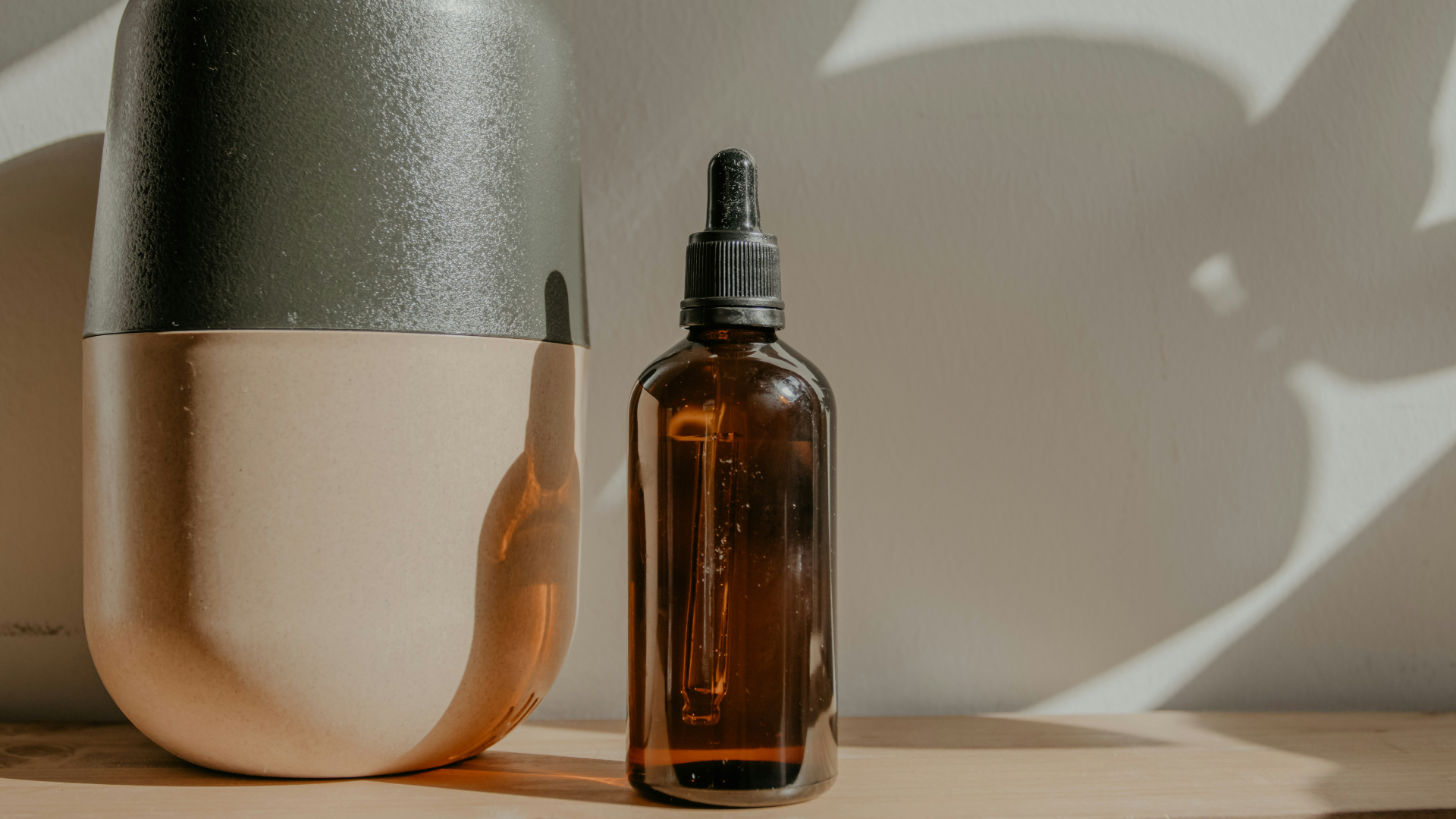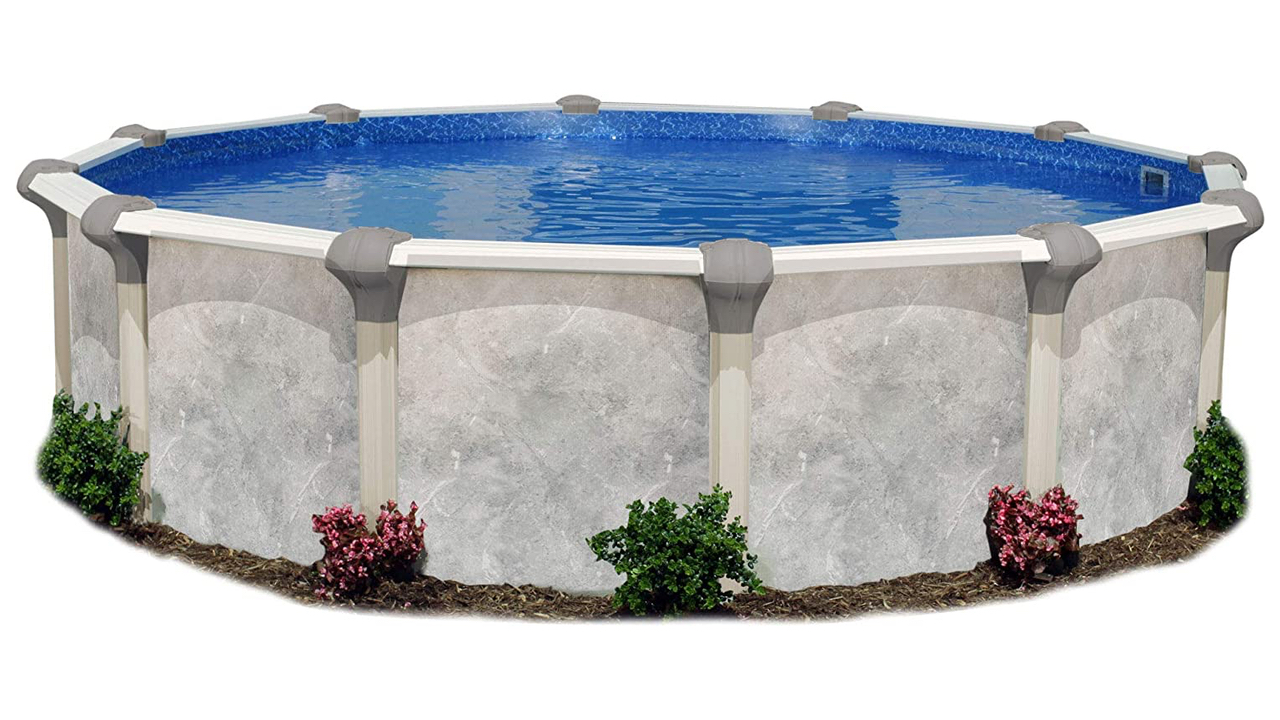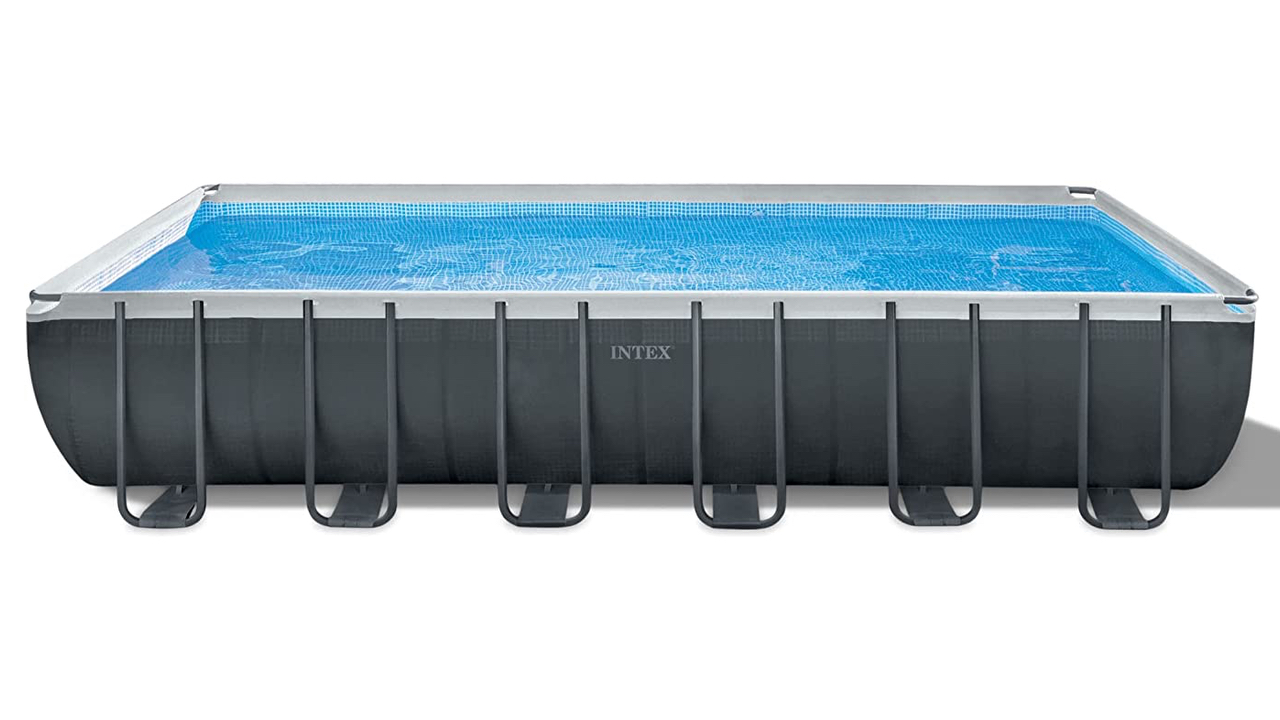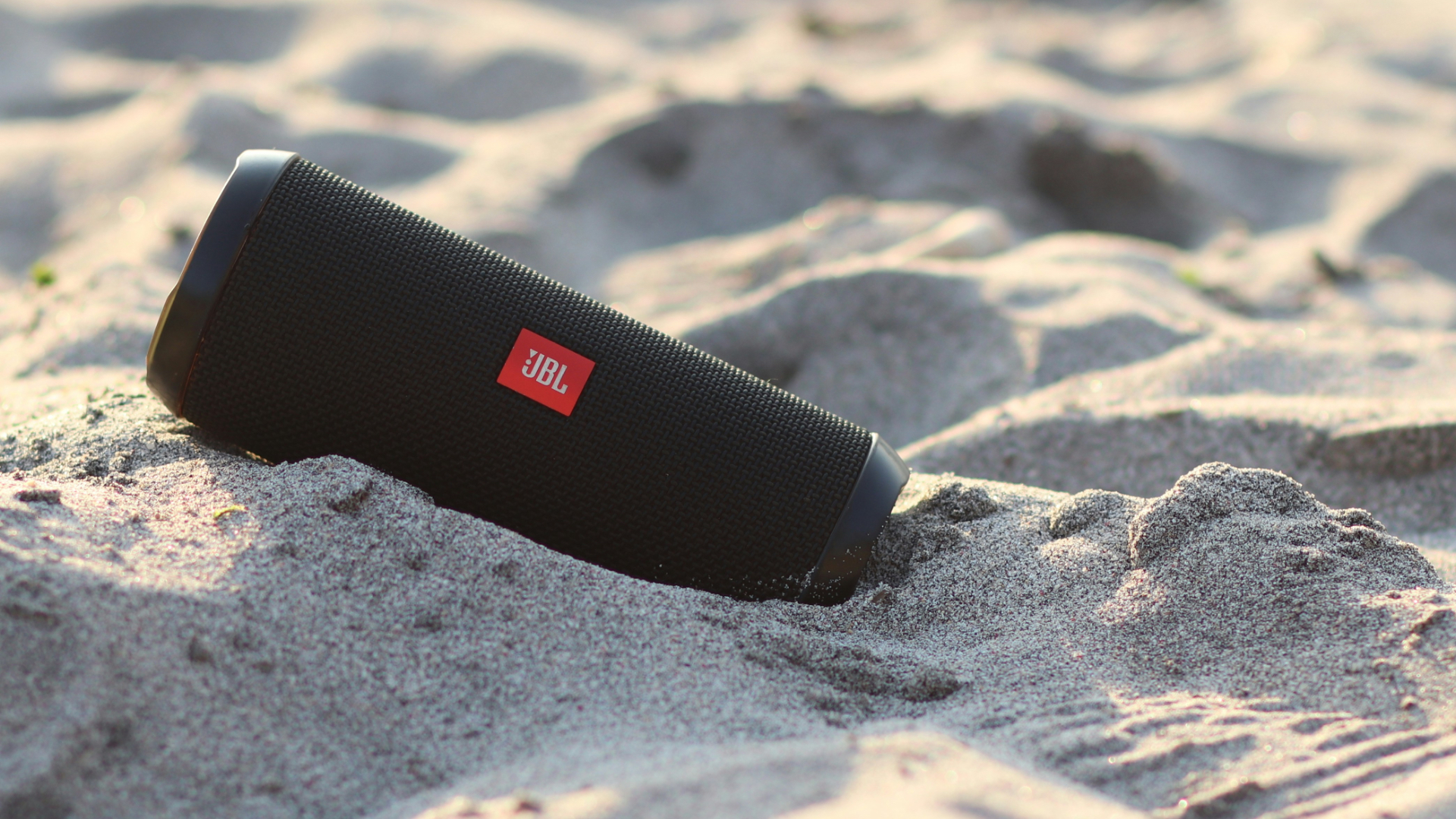Essential oil diffusers are a fantastic way to enhance your living space with natural scents that can uplift your mood, promote relaxation, or simply create a pleasant atmosphere. These devices release essential oils into the air, filling the room with aromatic mist, but to truly maximize your diffuser’s benefits, it’s important to use and maintain it properly. Below is a comprehensive guide to help you understand how to get the most out of your essential oil diffuser.
Add Water First
The majority of essential oil diffusers operate by mixing water with essential oils to produce a fine mist. Adding water before the oils is a key step; it not only helps prevent accidental overfilling but also ensures an even distribution of oil. If you add oils first and then pour in water, it’s easy to exceed the diffuser’s maximum capacity, which can lead to operational issues or diluted aromas. By adding water as the foundation, you’ll create a balanced blend in the diffuser that functions smoothly.
Choose the Right Location
Where you place your diffuser can have a big impact on how well it distributes scent. A high shelf or elevated surface allows the mist to disperse freely throughout the room, spreading the aroma more evenly. Avoid placing the diffuser in tight spaces, corners, or enclosed areas, as these limit airflow and trap the scent in a confined area. Placing it in an open and well-ventilated space can help maximize the aroma’s reach. Additionally, keep your diffuser away from electronics and other moisture-sensitive items; the mist could potentially damage them over time.
Turn Off the Fan
Using your diffuser in a room with a running fan can interfere with the way the scent spreads. A fan disperses the aroma too quickly, which can dilute the scent and prevent it from settling in the air. For a more noticeable, long-lasting aroma, turn off any fans or strong ventilation nearby. This will allow the essential oils to permeate the space gradually and provide a fuller experience.
Start with a Few Drops
Starting with a small amount of essential oil is the best way to gauge how strong you’d like the scent to be in your space. Most diffusers are designed to operate effectively with only a few drops of oil, typically around 2-3 drops. After starting with this amount, you can increase the number of drops if you’d like a stronger aroma. It’s easier to add more oil if needed than to remove it, so beginning with a small amount prevents you from creating an overwhelming scent, especially in smaller spaces.
Use Distilled or Purified Water
Using distilled or purified water instead of tap water can make a significant difference in your diffuser’s performance and longevity. Tap water often contains minerals that can accumulate in the diffuser over time, leading to potential clogs or damage. Distilled water is free from minerals and impurities, which keeps the diffuser clean, reduces residue, and helps maintain its efficiency. Consistently using purified water will reduce the need for frequent cleaning, keeping your diffuser in top condition.
Avoid Overfilling
To keep your diffuser functioning safely and efficiently, avoid exceeding its maximum fill line. Overfilling can cause water to overflow into sensitive areas of the device, potentially leading to overheating or other damage. Additionally, adding too much water dilutes the oils, reducing the potency of the scent. To prevent any issues, always fill the diffuser carefully, ensuring you don’t exceed the recommended water level.
Use Pure Essential Oils
Choosing high-quality, pure essential oils without additives or fillers is essential for both the scent quality and the lifespan of your diffuser. Oils with synthetic additives can leave residue and may even clog the diffuser over time. Using pure oils will keep your device clean, offer a true-to-nature aroma, and avoid any potential buildup or damage. If you’re new to essential oils, try popular choices like lavender, peppermint, or eucalyptus to start.
Keep It Clean
Maintaining a clean diffuser is essential for it to function at its best. After each use, make a habit of wiping down the exterior, especially the buttons and air vents, with a dry cloth to keep moisture from accumulating. Also, avoid leaving water in the diffuser for long periods, as standing water can harbor bacteria and create unpleasant odors. For a more thorough cleaning, use white vinegar every few uses: fill the diffuser with a mixture of water and a few drops of vinegar, let it run briefly, then empty and rinse it with clean water. This will help dissolve any lingering oils and prevent mineral buildup from water.
Limit Diffusing Time
While it can be tempting to let your diffuser run continuously, it’s best to limit diffusion sessions to 20-30 minutes, especially when you’re diffusing around children or pets. Prolonged exposure can be overpowering and may cause irritation in sensitive individuals. For smaller rooms or spaces, 15-20 minutes is typically sufficient for the aroma to take effect without overwhelming the senses.
Adjust the Number of Drops
As you become more familiar with your diffuser, feel free to adjust the number of oil drops to reach your desired aroma intensity. Generally, using 2-3 drops provides a mild scent, while adding more—up to 5-6 drops—will create a stronger aroma in larger spaces. Experiment with different amounts until you find the right balance for your preferences and room size.
Final Thoughts
With the right care and use, an essential oil diffuser can transform any space, bringing a sense of calm, energy, or simple enjoyment through natural scents. By adding water first, using pure oils, keeping your diffuser clean, and avoiding overfilling, you can make the most of your device and extend its lifespan. Whether you’re diffusing for relaxation, focus, or to enhance your environment, these tips will help you enjoy the full benefits of your essential oil diffuser.







